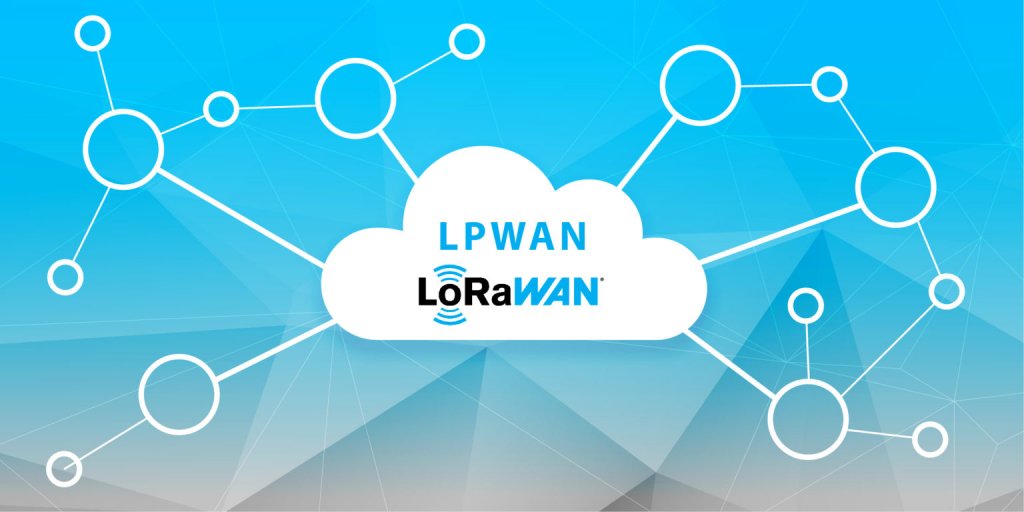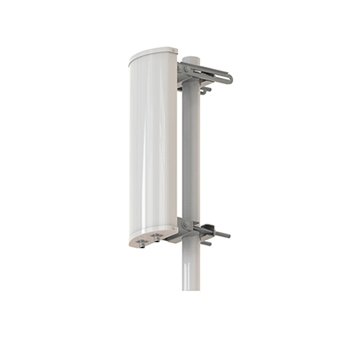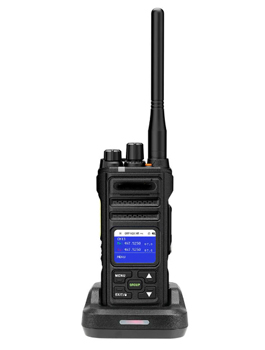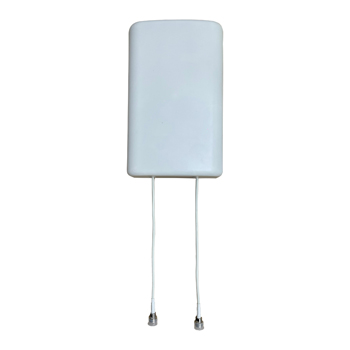
The growing use of IoT in our modern world has brought the spotlight to long-range communication needs. Long-range communication can eventually serve a colossal share of IoT applications for industries and smart cities. As such, LPWAN and LoRaWAN are the two buzzwords in the market. This article covers the meaning, the difference, and the relation between both terms.
Table of Contents
ToggleWhat is a Low-Power Wide Area Network (LPWAN)?
Low-Power Wide Area Network (LPWAN) is a network classification for low-power wireless technologies that can cover an extended range. LPWAN technologies generally transmit less data as they are mainly used to connect with sensors and remote node devices.
There are a few different LPWAN technologies currently used in the market. Their unique data transmission rate, frequency, licensed band, power consumption, and communication range make them ideal for various applications. LPWAN can transmit farthest with low-power with the help of significantly reduced bandwidth.
On the other side of these advantages, LPWAN lacks several aspects, such as frequent data transfer, high data transfer rates, and low-latency applications. Therefore, it is not a replacement for traditional short/mid-range high-data technologies but can complement long-range IoT applications.
Here are a few LPWAN technologies used prominently:
1. LoRaWAN
LoRaWAN is a spread spectrum, non-cellular LPWAN technology that transmits a narrow signal on a wide frequency. This makes LoRaWAN suitable for outdoor applications around other interference.
2. NB-IoT
NB-IoT is the leading cellular LPWAN that offers high bandwidth and data rates with assured Quality-of-Service. NB-IoT operates in a licensed frequency band and is primarily used for stationary devices laid out in a long area.
3. Sigfox
Sigfox is a proprietary public network with an extended coverage range. However, it offers the lowest data rates rustling in higher transmission time. It can only send several messages daily and hourly.
4. LTE-M
LTE-M is another cellular LPWAN based on 3GPP standards. LTE-M utilizes the existing LTE network infrastructure to allow highly efficient connectivity and extended coverage indoors and underground.
What is LoRaWAN?
LoRaWAN stands for Long-Range Wide Area Network. LoRaWAN is a communication protocol, while the physical layer is called LoRa. It uses license-free frequency bands and can serve as much as 10 km in the rural parts of a city. Among LPWAN technologies, LoRaWAN is the front-runner for license-free band IoT applications.
Defined by LoRa Alliance, the LoRaWAN protocol standardizes the communication and system architecture in a network. LoRaWAN ensures long-range, reliable communication and additional security measures. Furthermore, LoRa Alliance has a community of 500 companies excelling at IoT development, ensuring innovation & development.
LoRaWAN has been leading the race among non-cellular LPWAN technologies. Ease of network topology, long-range, low-power, and inexpensive hardware make LoRaWAN a preference for smart city and industrial needs.
What can Tesswave do for you?
Tesswave provide 100+ antenna products and you can contact us for antenna customized solutions, get in touch with us today to get a Free quote.
Get an Instant Quote
Get a FREE quote and we will contact you within an hour
LPWAN vs. LoRaWAN: What’s the difference?
Both the terms are quite similar and convey the same concept. Therefore, it is quite easy for them to be used as one another by the general audience and consumers. However, as described above, LPWAN and LoRaWAN are quite different. More about that here:
- The fundamental difference between both is that LPWAN is a classification of long-range, low-power technologies. LPWAN is not a wireless communication protocol like LoRaWAN.
- Range of communication: LPWAN consists of different technologies delivering a communication range from 5 km to 80 km LOS. LoRaWAN, being one of the LPWAN technologies, offers a range of 30 km without any obstacles.
- It is estimated that the market size of LPWAN will boost beyond $80 billion by 2027, while LoRaWAN will contribute the most of it. As such, there will be rapid growth for both LoRaWAN and LPWAN.
- The next key area is the network operator for LPWAN vs. LoRaWAn. LPWAN can be implemented with a handful of networks, including LoRa, Sigfox, LTE-M, and NB-IoT, while LoRa can be applied as one or more autonomous networks in a country.
- The payload length of LPWAN is generally less than 12 bytes; however, LoRaWAN can offer a payload of more than 100 bytes.
The important part to note is that LoRaWAN is one of the LPWAN technologies, and therefore, LoRaWAN contributes to many of LPWAN’s characteristics while leaving out other technology’s specifications.
What are the advantages of LoRaWAN?
It is important to understand how LoRaWAN stands against the other LPWANs. Here are some of the key advantages of LoRaWAN:
- No licensing costs are involved making the new implementations easy.
- Compared to other LPWAN, LoRaWAN provides a better payload with a size of 100 bytes. Sigfox has a payload of 12 bytes.
- Low-power consumption allows node device batteries to last 2 to 5 years.
- Open technology with a good community and deployment standards compared to proprietary Sigfox or licensed bands.
- Covers a massive range of kilometers on different territories.
- A single LoRa gateway can connect with thousands of nodes with LoRaWAN, and the gateway sends that data to the Internet.
- Through LoRaWAN, the network can send as many daily messages as they want against Sigfox’s 140 messages/day limit.
- Lower bandwidth, data rate, power consumption, maintenance, and connectivity costs make LoRaWAN ideal for big-scale applications,
- Having the premier technology companies as a member of the LoRa Alliance allows the best technology innovations to grow and be the best.
Several disadvantages of LoRaWAN
Here are some of the limitations of LoRaWAN that can be a roadblock for an IoT solution in contrast to other LPWAN solutions:
- Not suitable for real-time use cases where lower latency is needed. Making it unfit for some live monitoring applications.
- The growth of LPWAN and LoRaWAN can lead to a vast number of private infrastructures in private areas.
- LoRaWAN’s open frequency makes it susceptible to interference of other sources in similar frequencies and reduces the data rate. On the other hand, NB-IoT and LTE-M use licensed frequencies to mitigate this challenge.
- LoRaWAN devices are hard coded in order to connect with a network, and such hardcoded keys make LoRaWAN a little less secure but accessible
Summary
LoRaWAN delivers very well on LPWAN’s aims and goals. All its characteristics make LoRaWAN a suitable solution for industrial applications and smart cities. The availability of proven hardware, software, and cloud solutions makes it easy to rely on LoRaWAN compared to other LPWAN technologies. It is safe to say that LoRaWAN’s growth will directly drive the popularity of LPWAN in the coming years.








